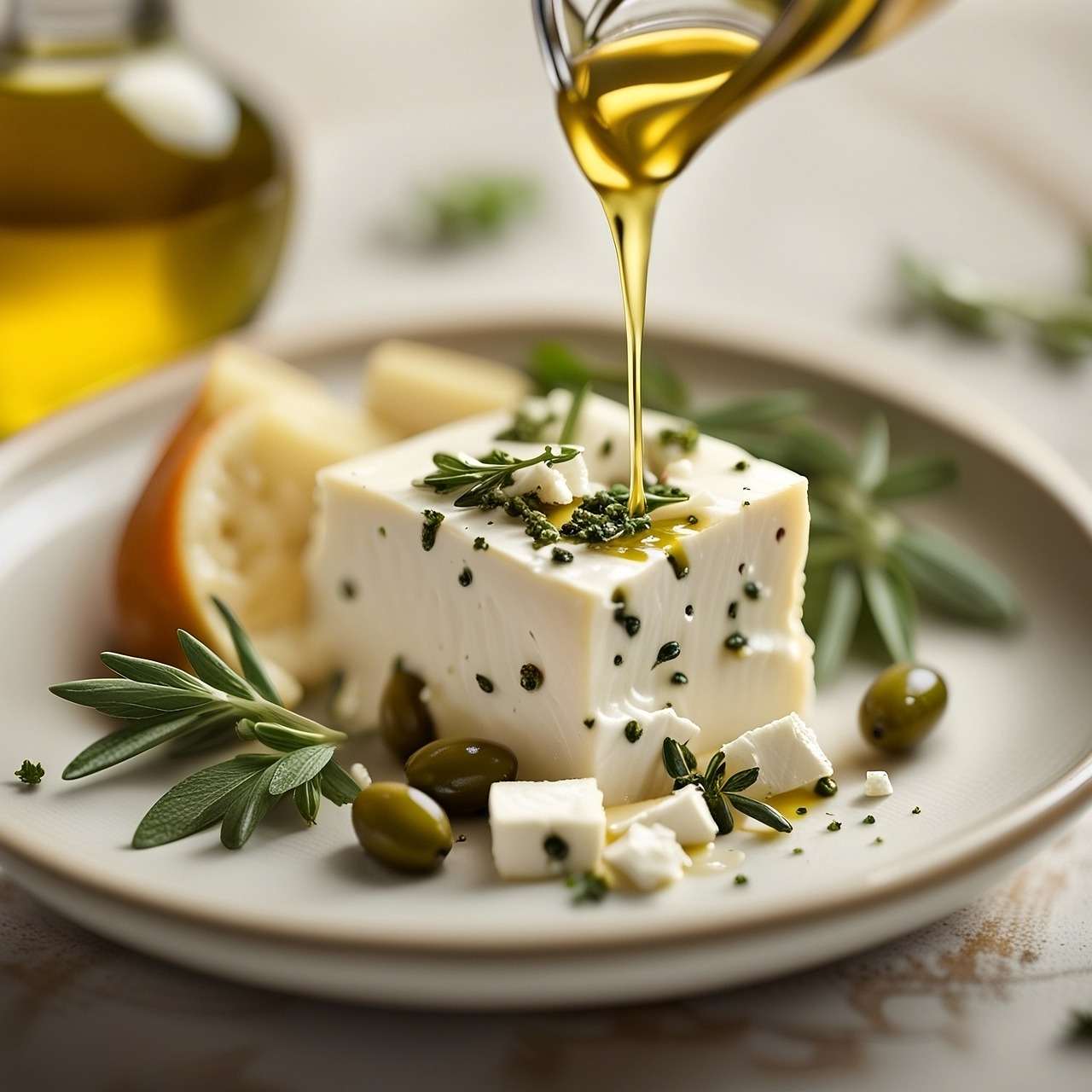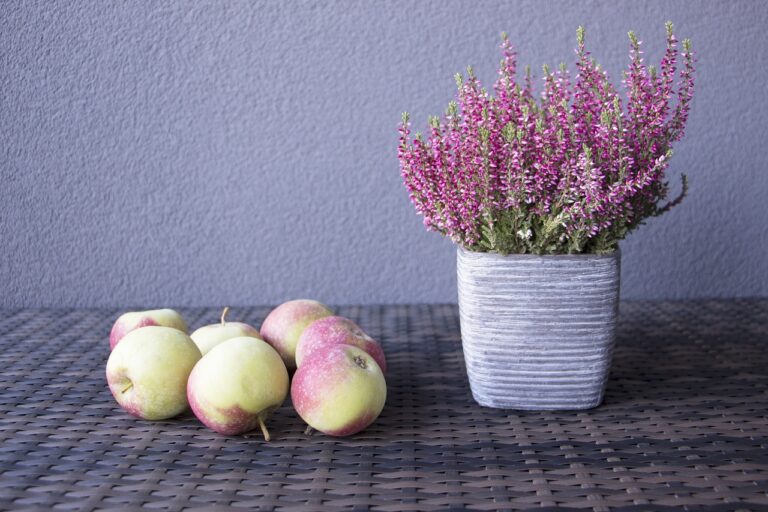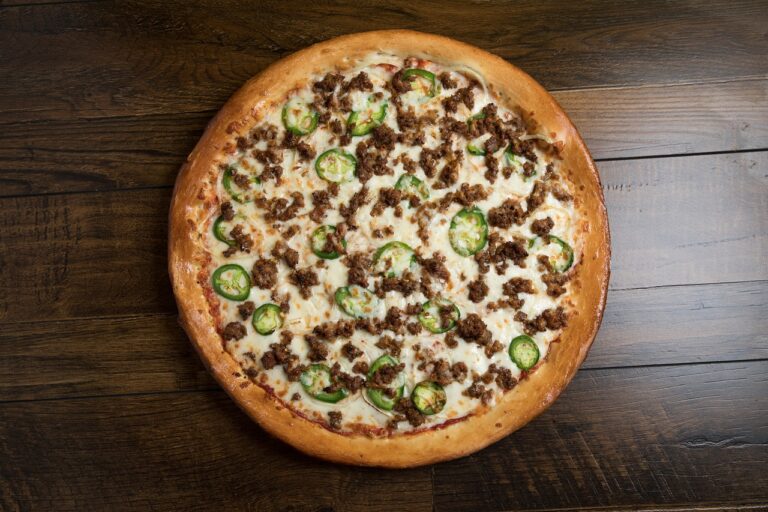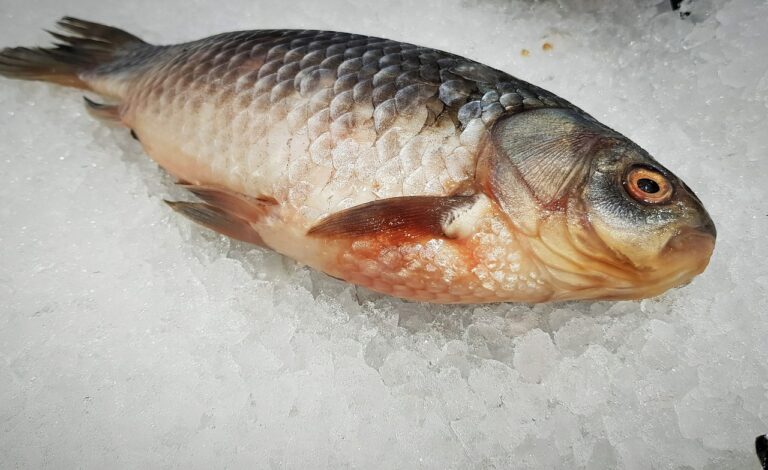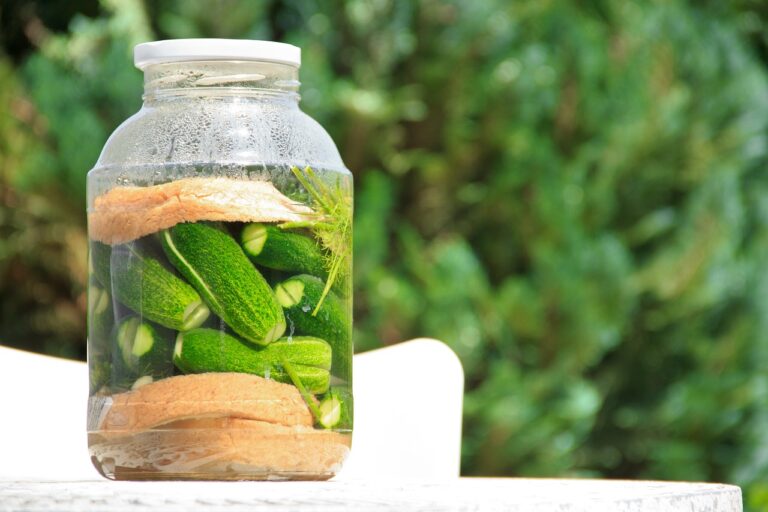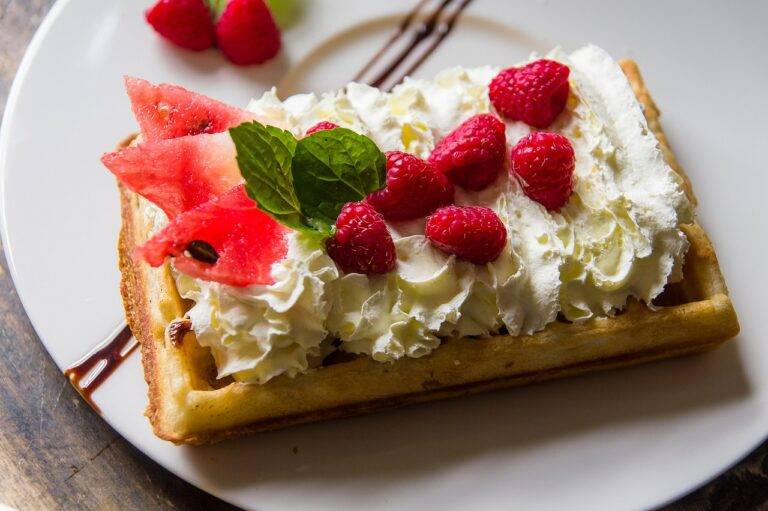The Art of Food Photography: Capturing Culinary Creations in Stunning Detail
Food photography is an art form that goes beyond simply taking pictures of dishes. It is about capturing the essence and beauty of culinary creations in a way that excites the senses and evokes emotions. In this comprehensive guide, we will explore the world of food photography and provide you with essential tips and techniques to help you master the art of capturing stunning images of food.
Understanding the Basics of Food Photography
Before diving into the more advanced techniques of food photography, it is important to understand the basic principles that govern this art form. Here are some key concepts to keep in mind:
Lighting
Lighting is one of the most critical elements in food photography. Whether you are shooting in natural light or using artificial lighting, it is essential to pay attention to the quality, direction, and intensity of the light. Soft, diffused light is often preferred for food photography as it helps to create a more natural and appealing look.
Composition
Composition plays a vital role in food photography, as it determines how the elements in the frame are arranged and presented. Consider factors such as the angle of the shot, the placement of props, and the use of negative space to create visually appealing images.
Styling
Styling is another crucial aspect of food photography, as it involves arranging the food in an aesthetically pleasing manner. Pay attention to details such as garnishes, utensils, and background elements to create a cohesive and visually appealing composition.
Advanced Techniques for Capturing Stunning Food Photos
Once you have a solid understanding of the basics of food photography, you can start experimenting with more advanced techniques to take your images to the next level. Here are some tips to help you capture stunning food photos:
Use a Macro Lens
A macro lens is an essential tool for capturing close-up details of food items. It allows you to magnify small details and textures, creating a more immersive and engaging visual experience for the viewer.
Experiment with Different Angles
Breaking away from the standard overhead shot can help you create more dynamic and visually interesting images. Try shooting from different angles, such as a low angle or a side angle, to add variety and depth to your photos.
Play with Depth of Field
Controlling the depth of field in your photos can help you create a sense of depth and dimension in your images. Experiment with different aperture settings to achieve the desired level of focus and blur in your photos.
Tips for Creating Mouthwatering Food Photos
Aside from technical considerations, there are a few additional tips that can help you create mouthwatering food photos that entice the senses and stimulate the appetite. Here are some tips to keep in mind:
Focus on Freshness
Fresh ingredients are essential for creating appetizing food photos. Make sure to use high-quality, fresh ingredients that are in season to ensure that your dishes look vibrant and appealing in photos.
Enhance Colors and Textures
Enhancing the colors and textures of your dishes can help create visually striking photos. Consider adding vibrant garnishes, drizzles, or sauces to enhance the visual appeal of your dishes.
Capture the Cooking Process
Capturing the cooking process can add a dynamic and engaging element to your food photos. Consider taking action shots of ingredients being prepared, dishes being plated, or steam rising from a hot dish to create a sense of movement and energy in your photos.
Equipment and Tools for Food Photography
While you can achieve stunning food photos with just a smartphone or a basic camera, having the right equipment and tools can help you elevate your photography to the next level. Here are some essential items to consider:
DSLR Camera
A DSLR camera allows you to have more control over settings such as aperture, shutter speed, and ISO, giving you the flexibility to create the perfect shot in any lighting condition.
Tripod
A tripod is essential for keeping your camera steady and ensuring sharp, focused images. It is especially useful when shooting in low light conditions or when using slower shutter speeds.
Reflectors and Diffusers
Reflectors and diffusers are useful tools for controlling and manipulating light in your food photos. Reflectors can help bounce light onto the subject, while diffusers can help soften harsh light to create a more natural and flattering look.
Editing and Post-Processing Tips for Food Photos
Editing and post-processing are essential steps in the food photography process, as they allow you to enhance the visual appeal of your images and create a polished final product. Here are some tips for editing and post-processing food photos:
Adjust Color and Exposure
Use editing software such as Adobe Lightroom or Adobe Photoshop to adjust the color balance, exposure, and contrast of your photos. This can help correct any lighting issues and enhance the overall look of your images.
Crop and Straighten
Cropping and straightening can help improve the composition of your photos and eliminate any distracting elements in the frame. Pay attention to the rule of thirds and other composition guidelines when cropping your images.
Enhance Details
Enhancing details such as textures, colors, and sharpness can help make your food photos more vibrant and appealing. Use tools like sharpening, clarity, and vibrance to bring out the best in your images.
FAQs
Q: What is the best camera for food photography?
A: While you can achieve great results with a smartphone or a basic camera, a DSLR camera is often preferred for its flexibility and control over settings.
Q: How can I improve my food photography skills?
A: Practice is key to improving your food photography skills. Experiment with different lighting setups, compositions, and angles to find what works best for you.
Q: What are some common mistakes to avoid in food photography?
A: Common mistakes to avoid in food photography include using harsh lighting, cluttered compositions, and over-editing your photos. Keep it simple and let the food be the star of the show.
By following these tips and techniques, you can create stunning and mouthwatering food photos that showcase your culinary creations in the best possible light. Remember to experiment, be creative, and most importantly, have fun capturing the beauty and artistry of food through your lens.

